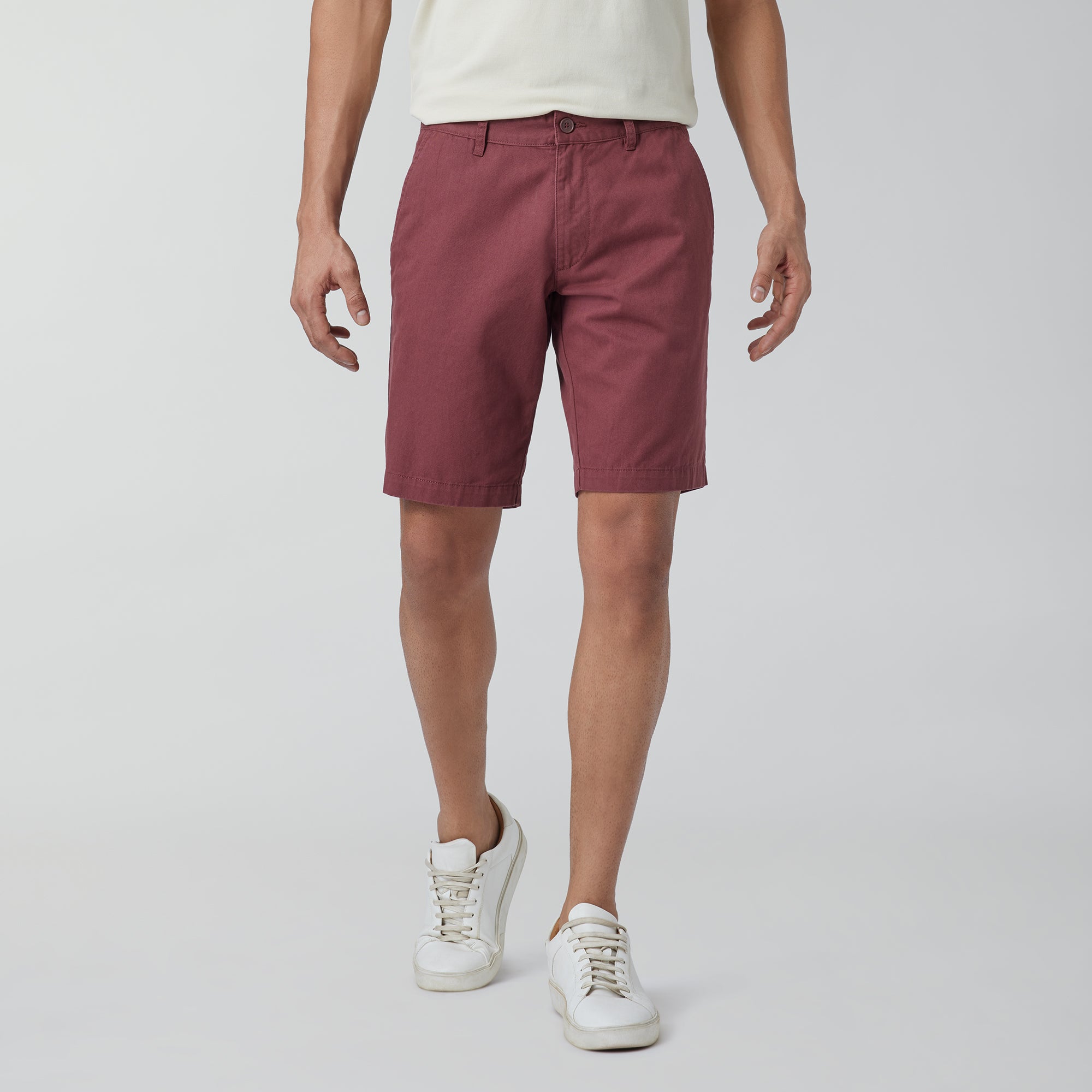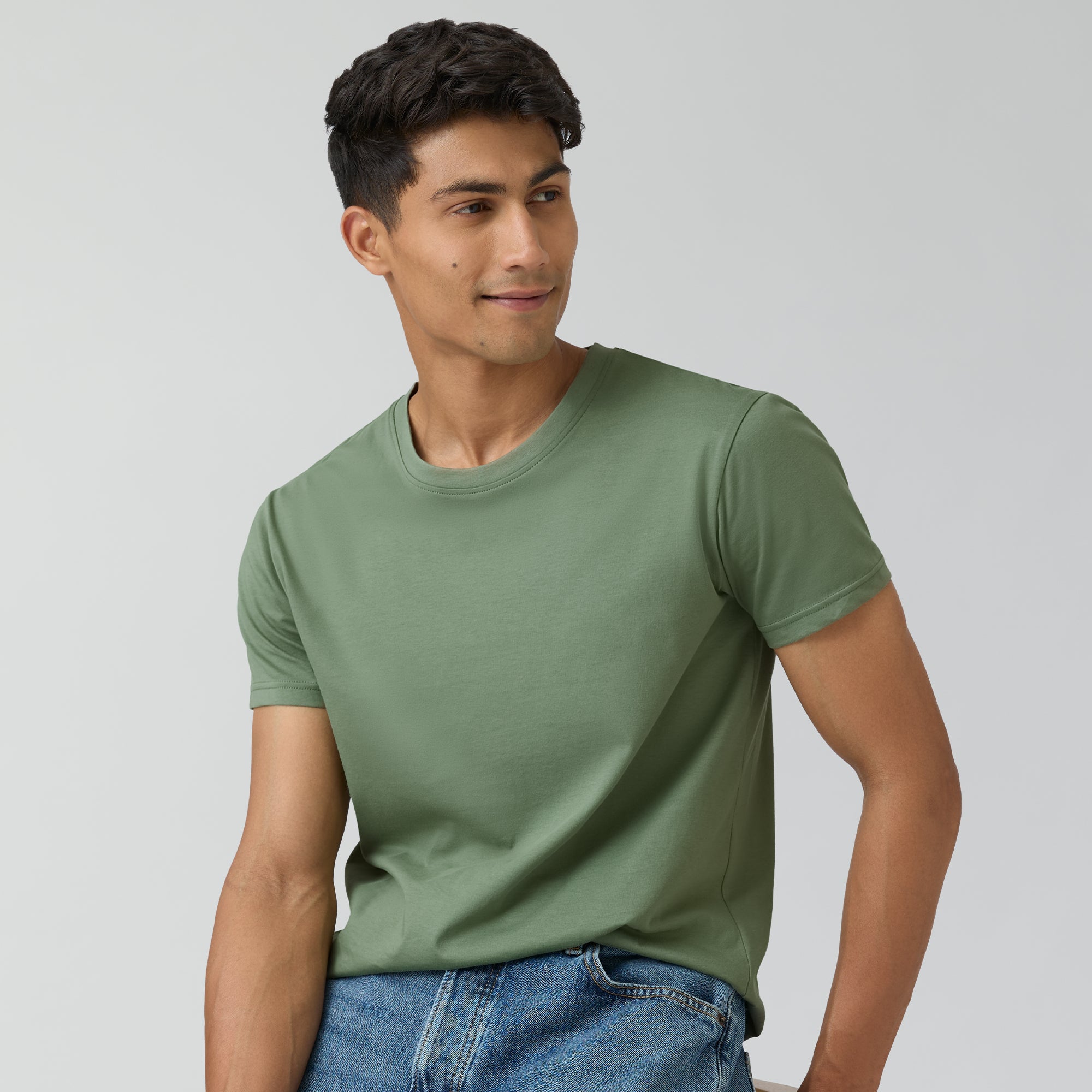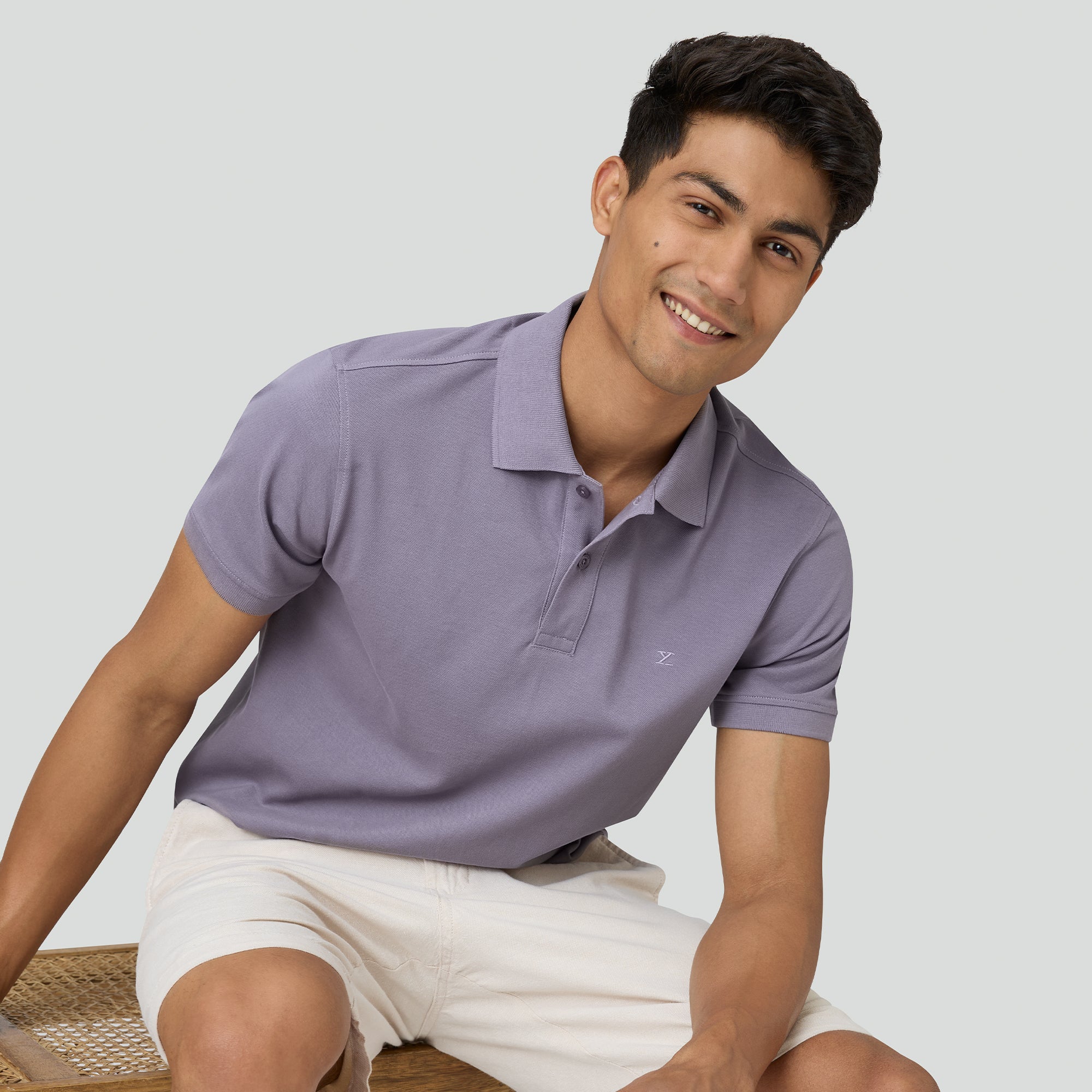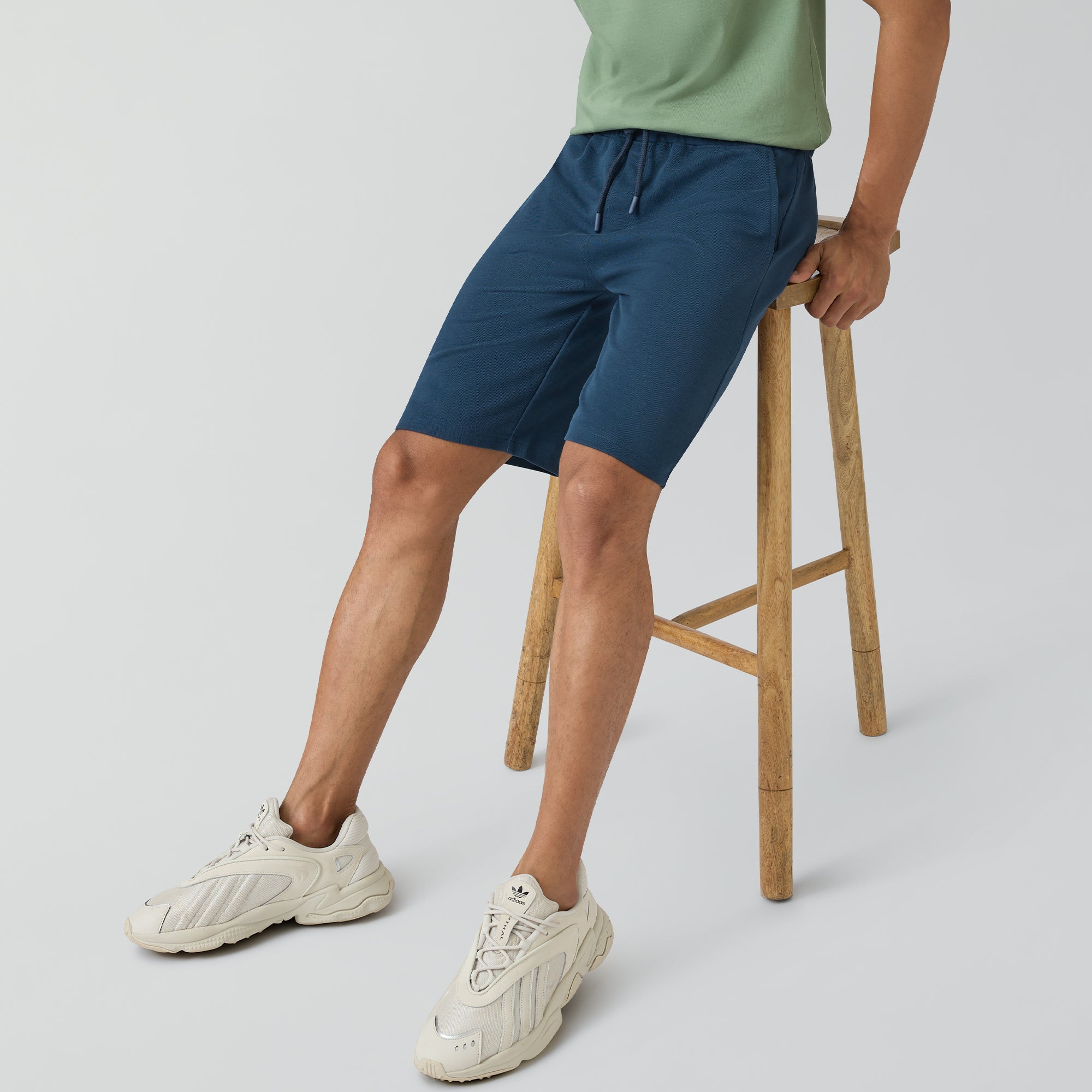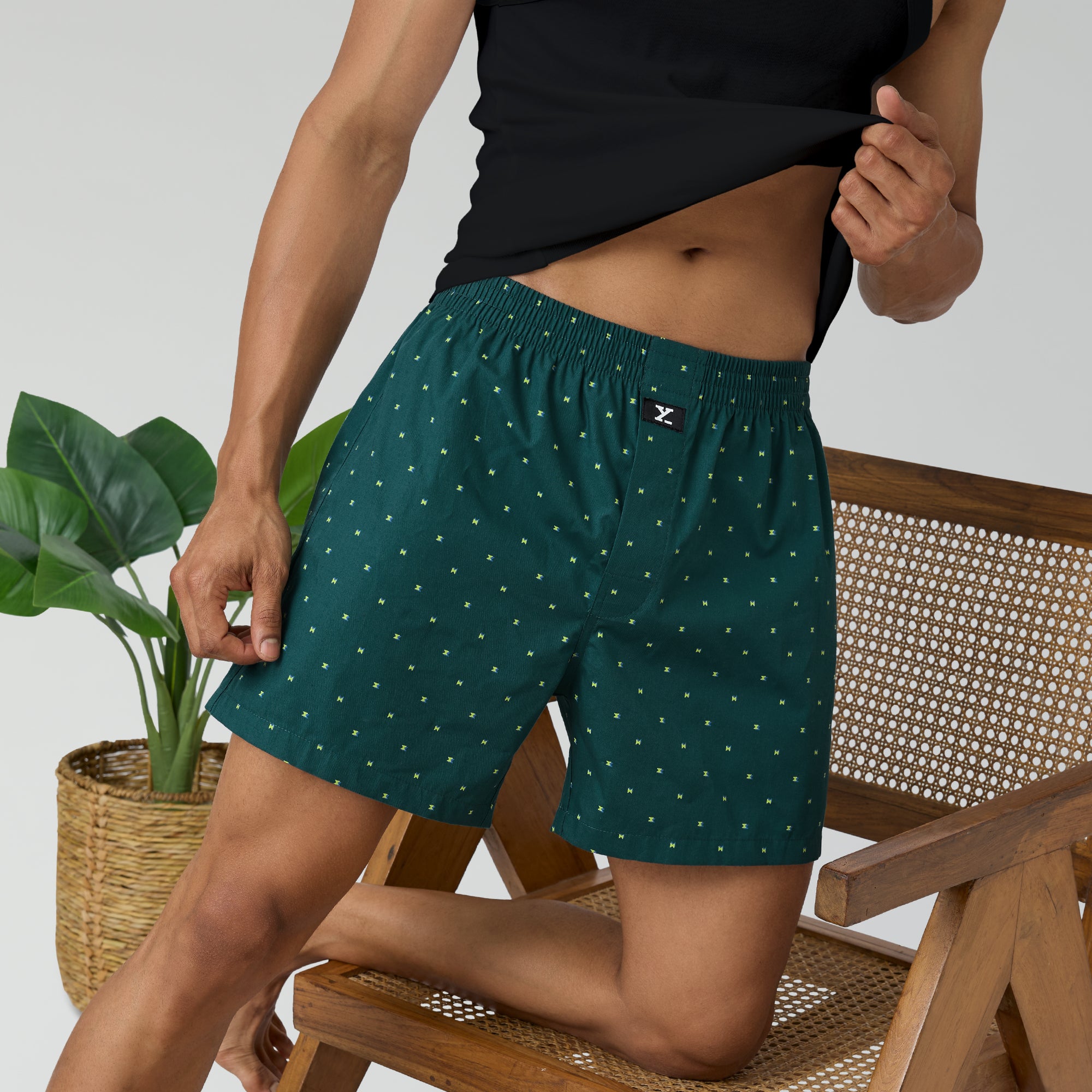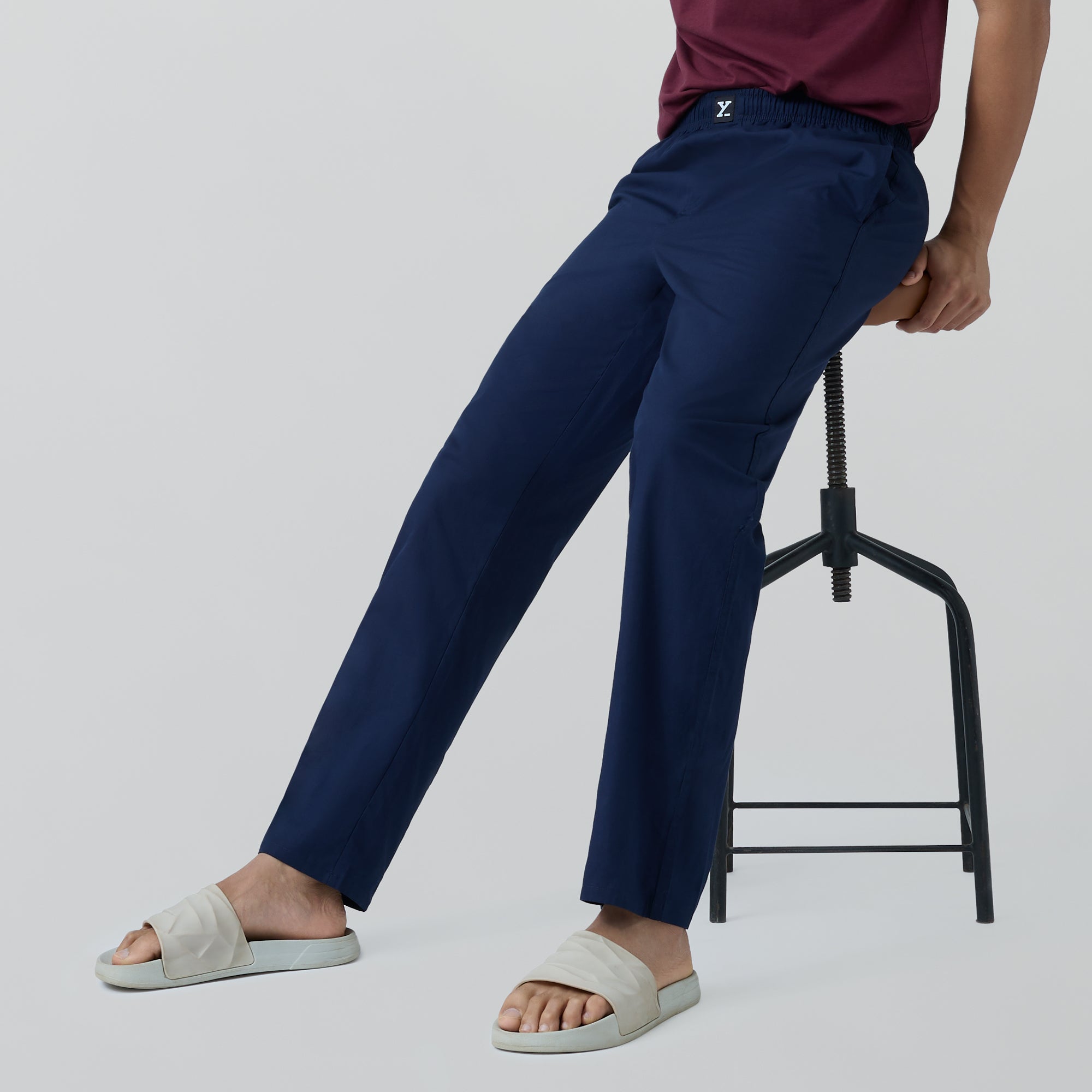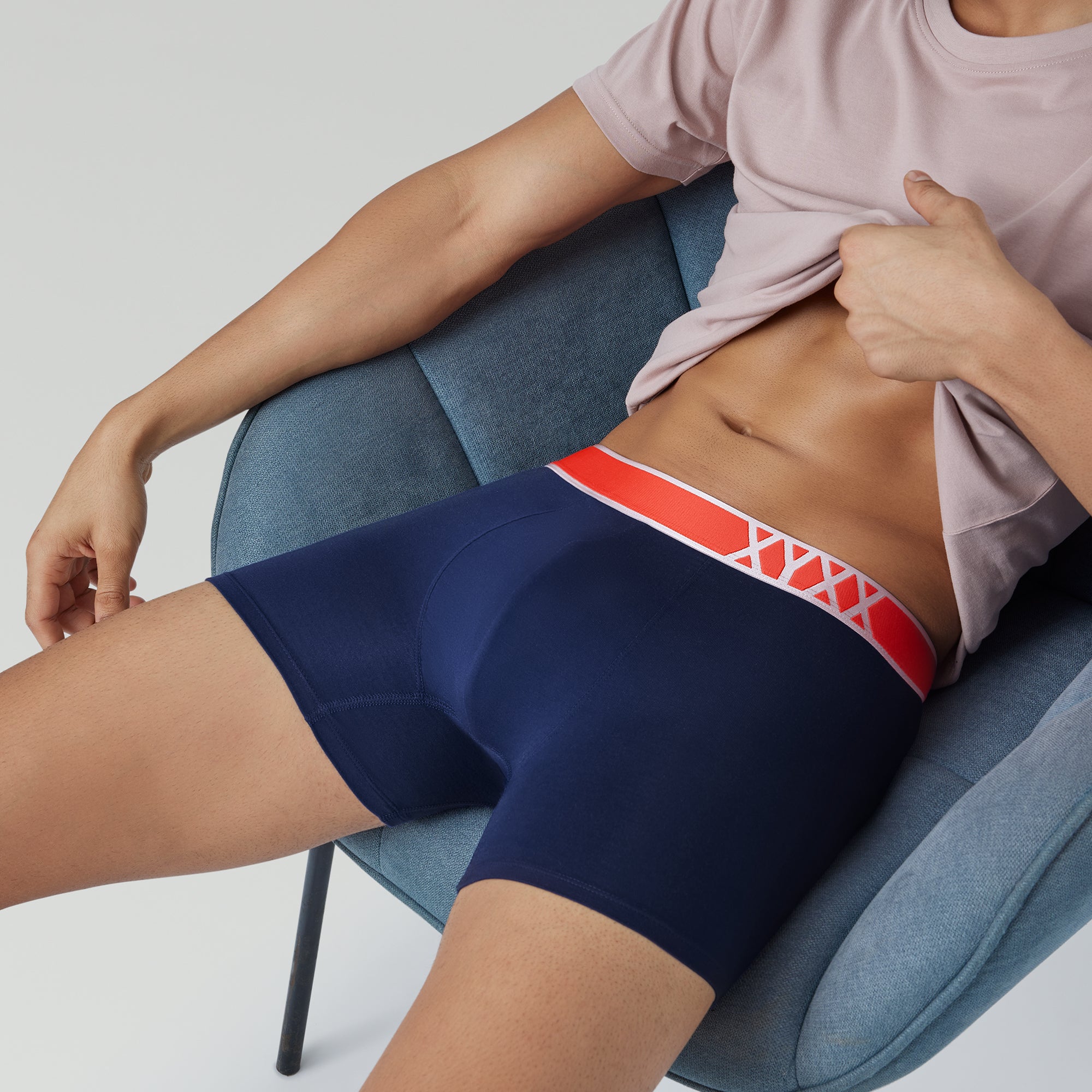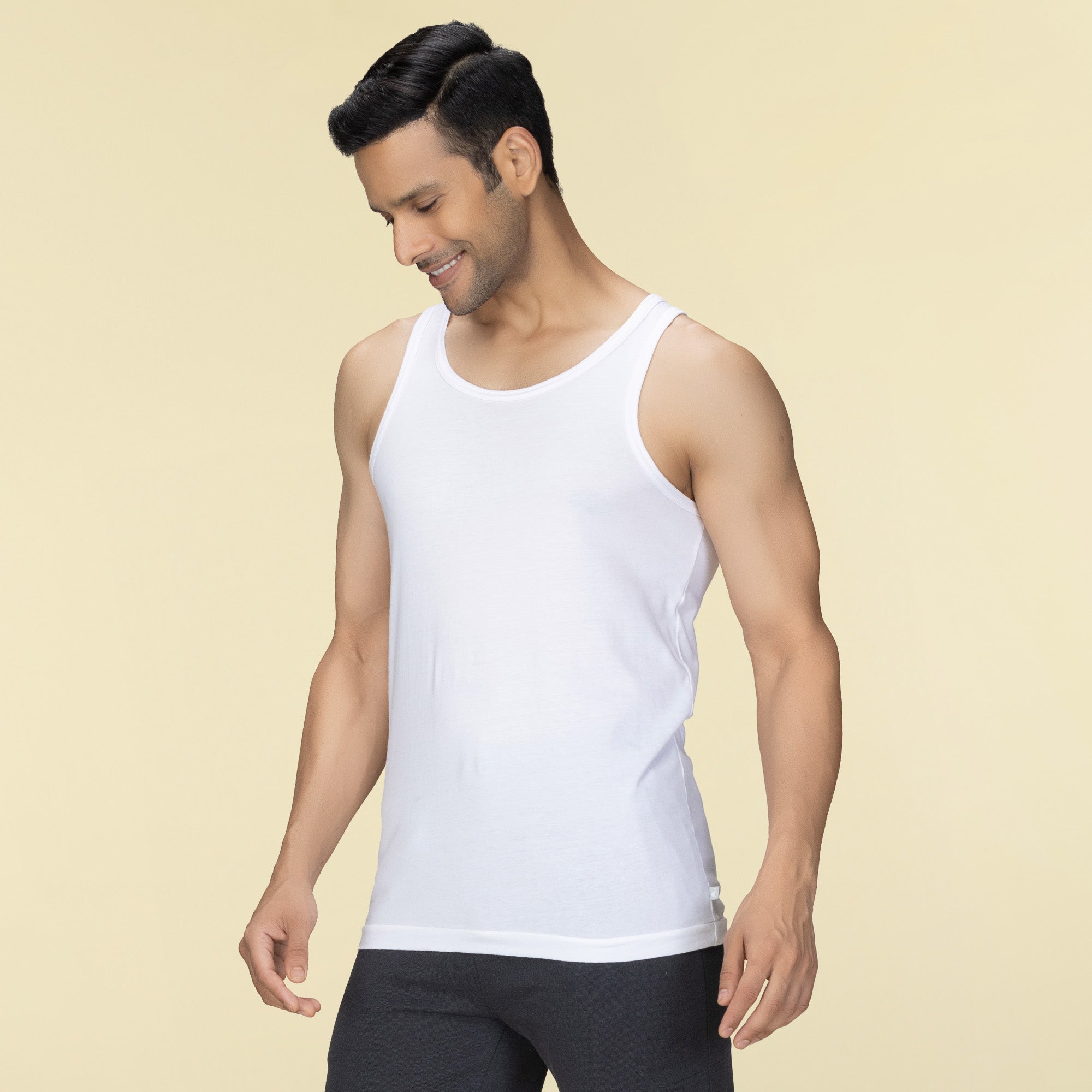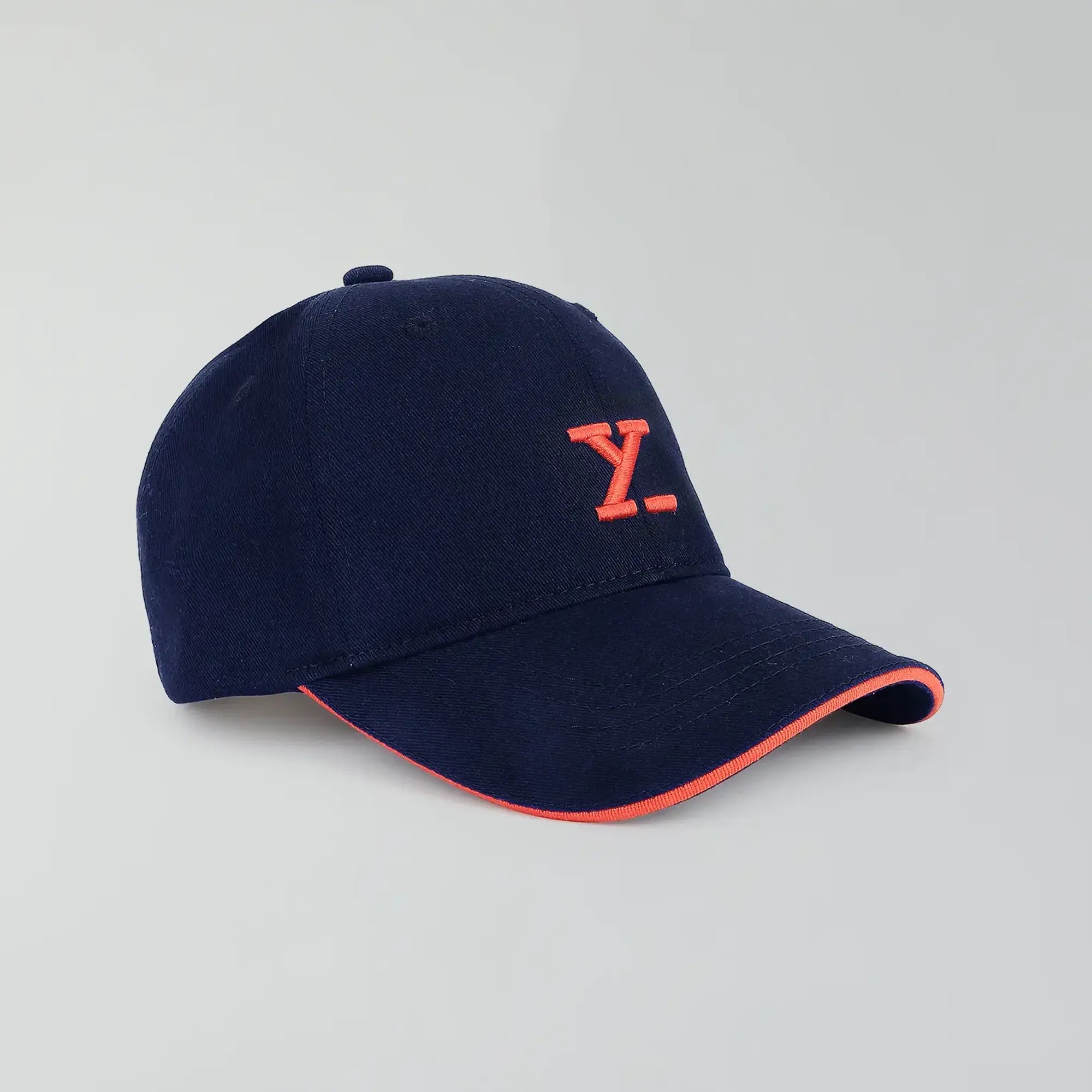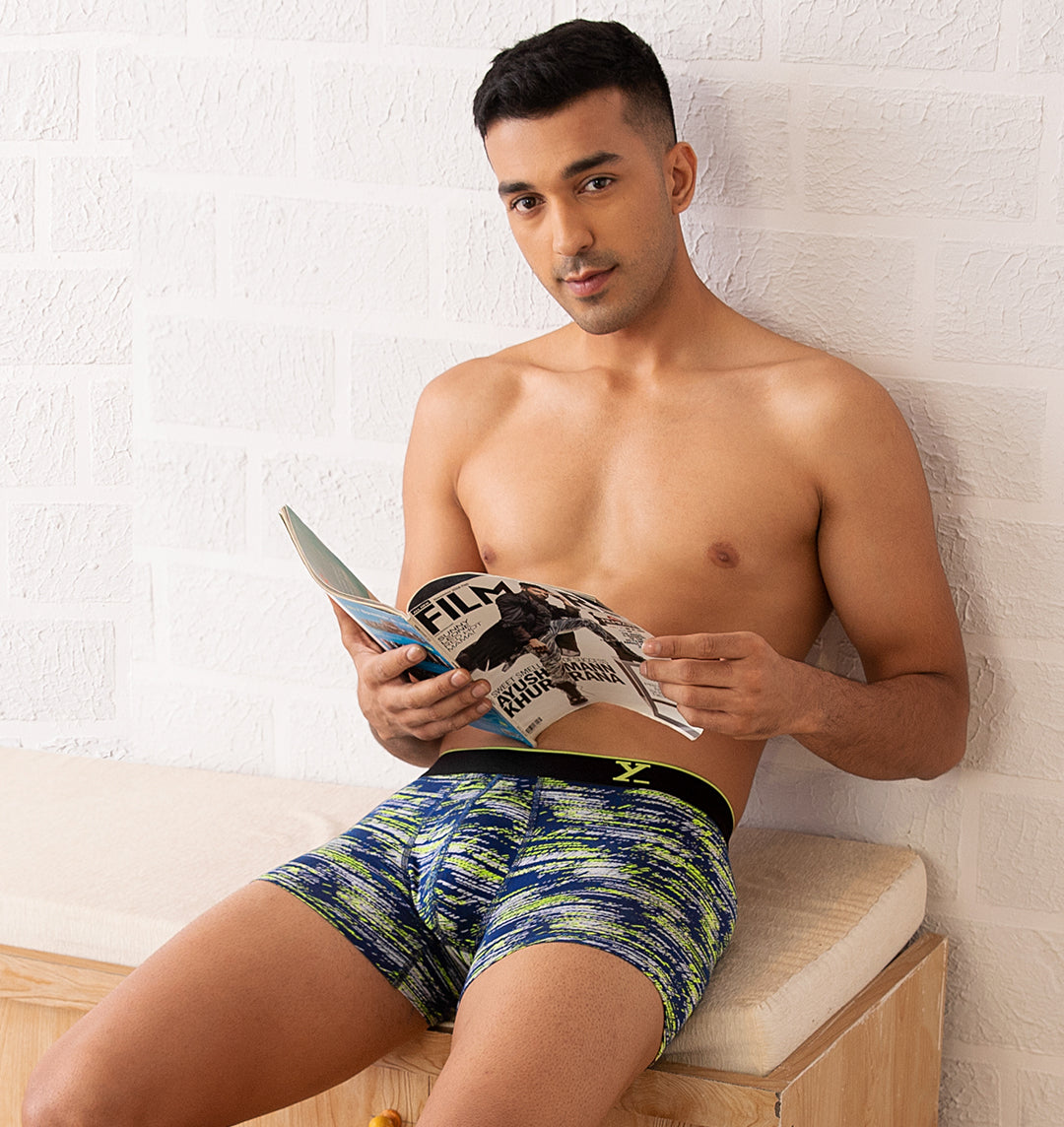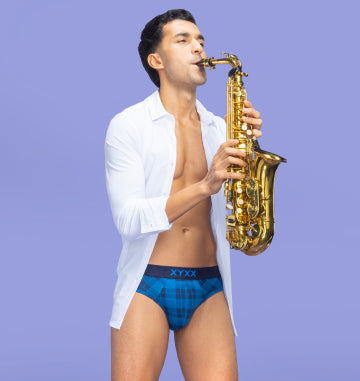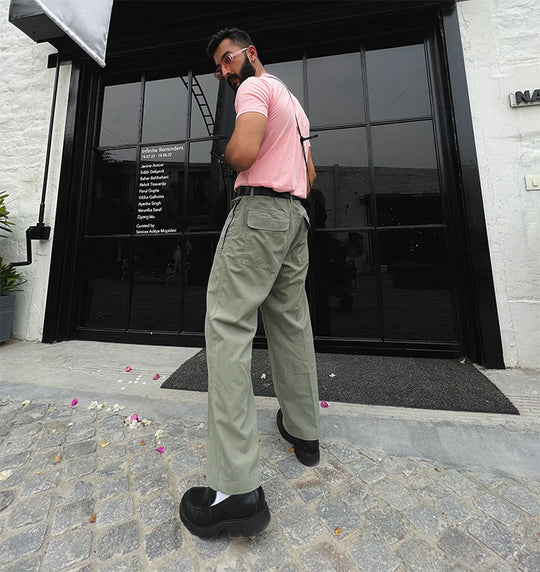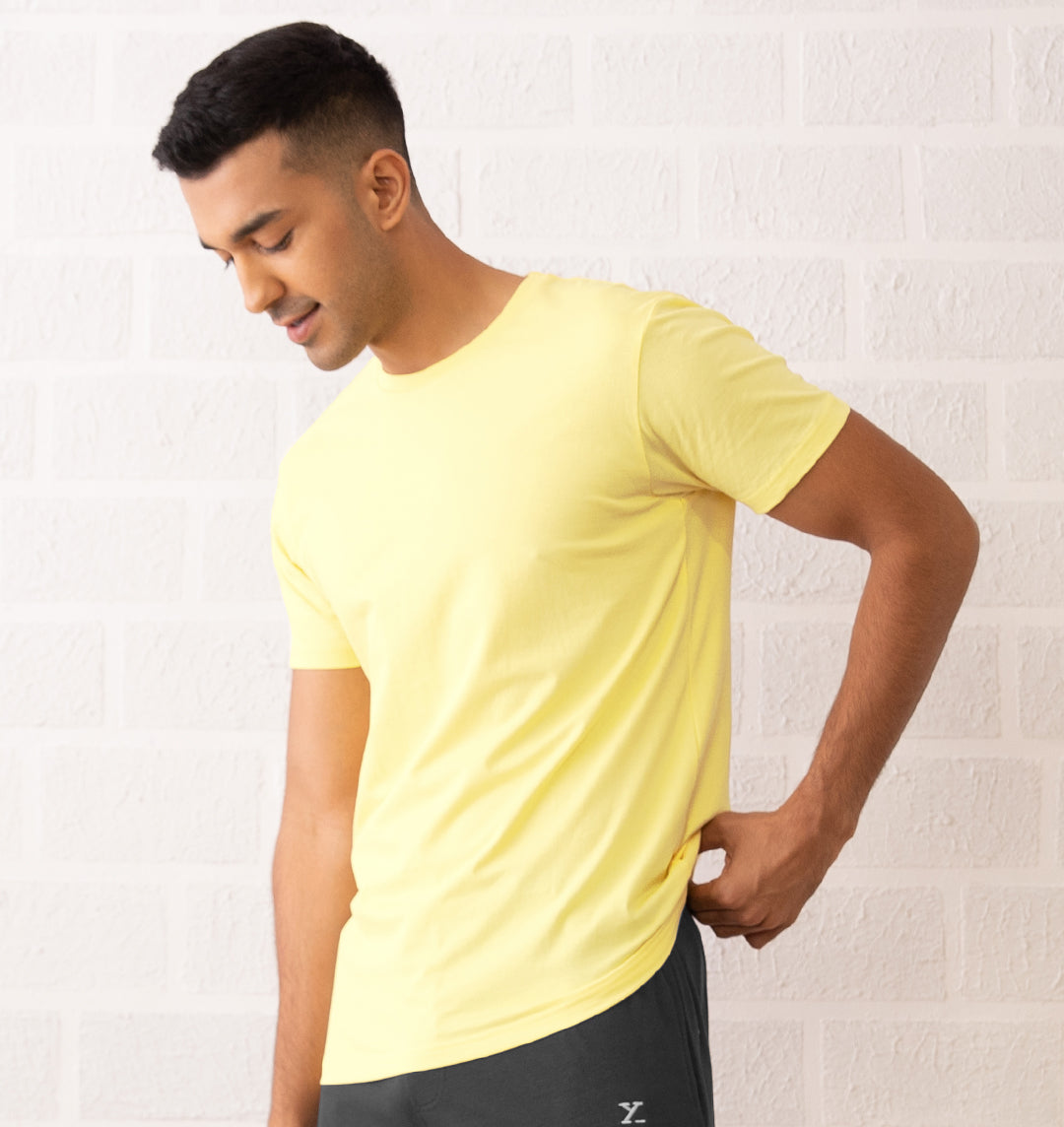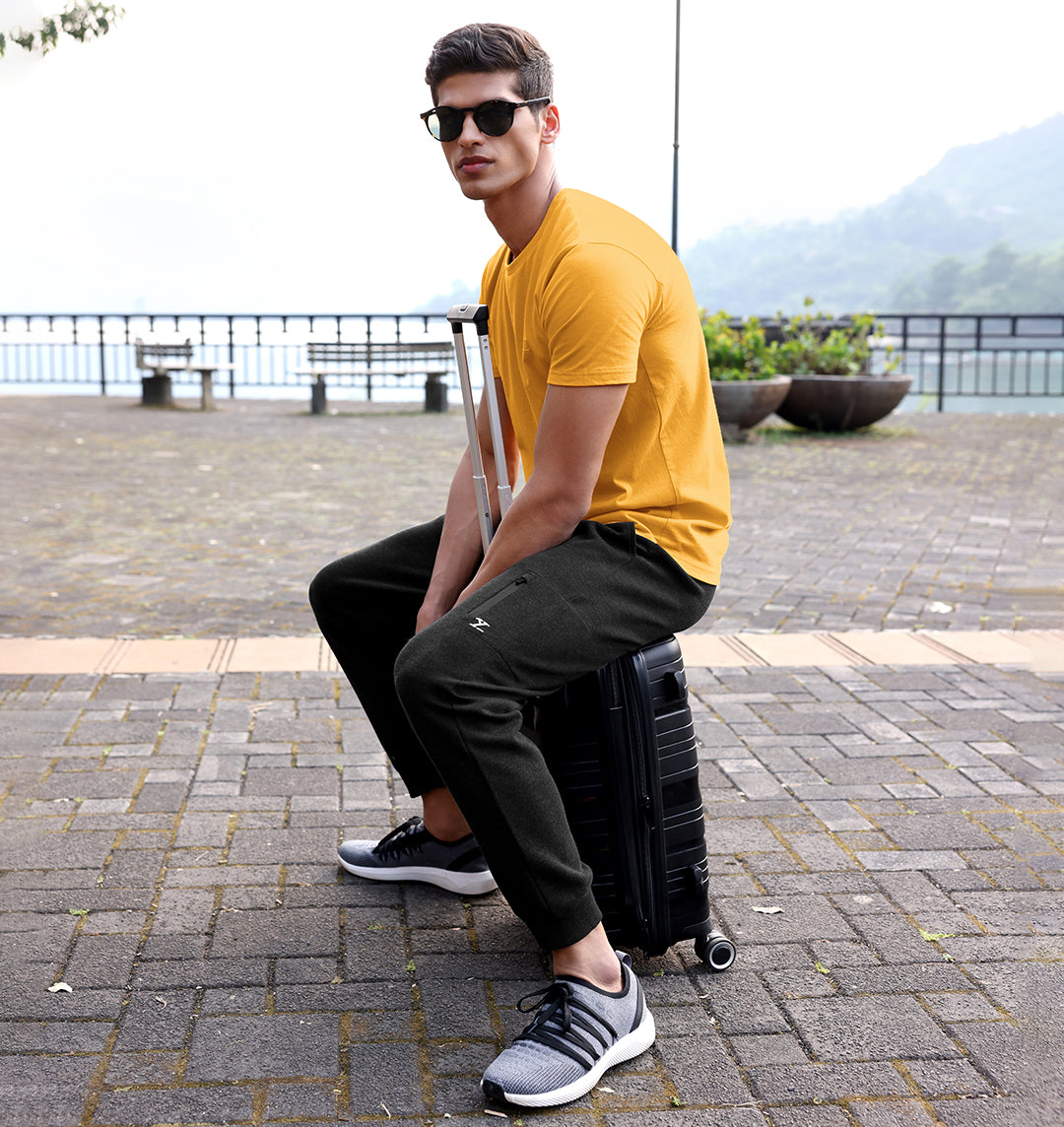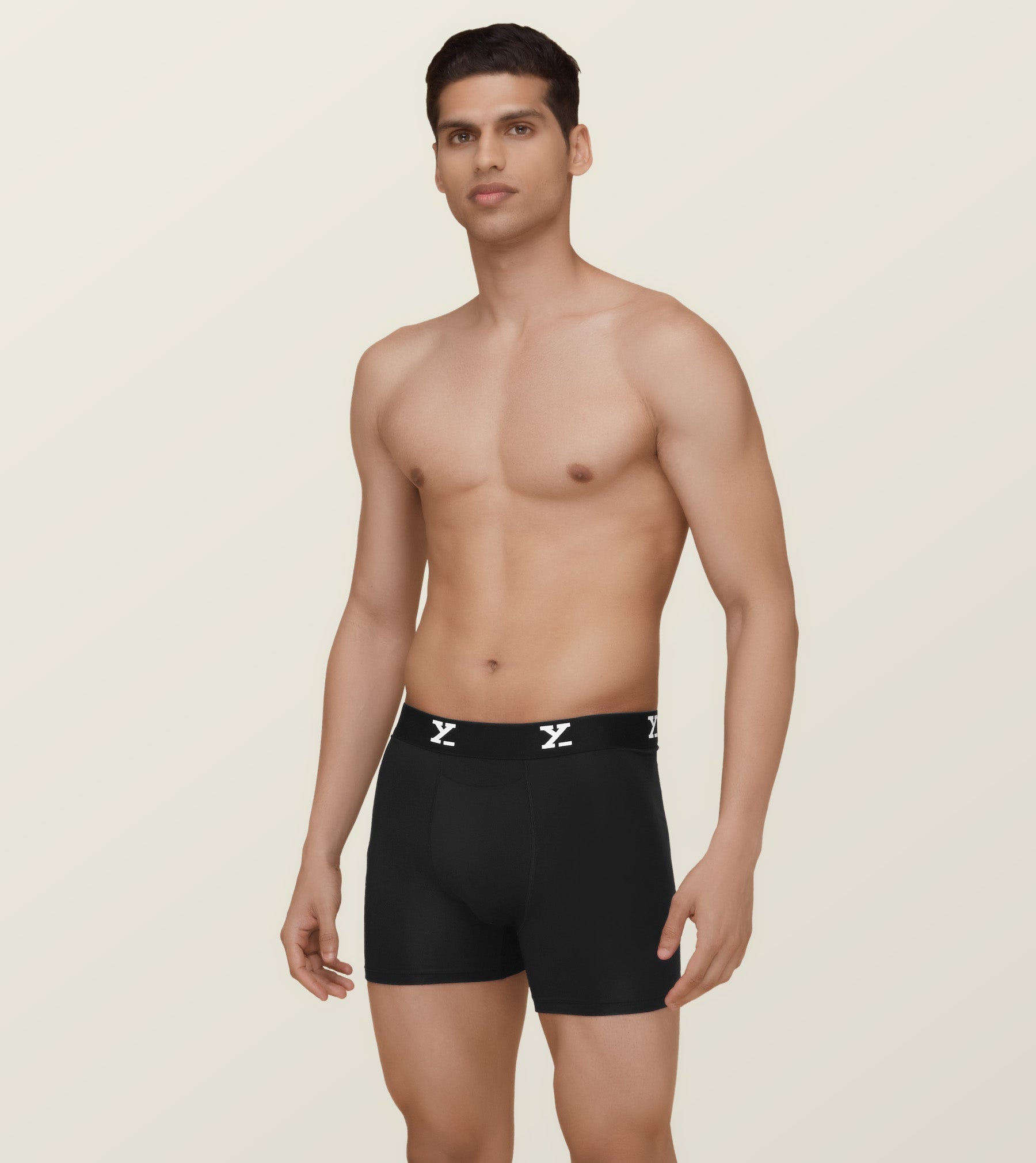

Do you know what is the first rule when it comes to working from home?
Ditching your Pyjamas, which almost sounds cruel if you ask us and kind of half true. The history of loungewear has been deeply intertwined with our lifestyle for many centuries now.
Sure, staying in your PJ’s the whole day could sound like a dream, but you may find rolling off from the bed and straight into your chair could impact your work productivity, while you would still be feeling drowsy.
Your brain is still processing, you are awake and it is missing out those “getting ready for work” steps, especially in this new WFH scenario.
The pyjamas could be telling your brain that you are still sleeping even though you had logged in an hour back.
While the obvious solution seems to be staring at us in the face: leave your pyjama fashion, but where’s the fun in that? Given the current COVID-19 situation, it’s the little things in life that keep our spirits up while we struggle with WFH syndromes.
So if you want to wear your pyjamas all day, we say go for it but remember to slip into a fresh pair in the mornings.
Trick your brain into thinking you’ve gotten dressed for the day so you feel supercharged.
Let us get to know this piece of clothing in more detail. Read on to know more about pyjama history facts and the evolution of pyjamas!
1. Pyjamas as sleepwear
Ever thought if your simple pyjamas had a history? Or who invented pyjamas? It turns out; it had quite an exciting one! The word “pyjama” and the garment was absorbed into the English language during the British Raj. It transcends from the Hindi word “pae-jama” meaning “leg clothing.” It also finds its usage back to the Ottoman Empire. Fascinating, to say the least, to know about the history of pyjamas!
The worldwide use of pyjamas could be credited due to the direct result of the British presence in India in the 18th and 19th centuries, and the Imperial influence in the West at that time. Pyjamas were documented as the ensemble of both the Indian aristocracy and peasants. It also transcended gender dressing norms and was being worn by both men and women. Originally known as mogul’s breeches, they only became popular as loungewear for men from about 1870. Who would have thought the 1870s even had loungewear, right? Pfff.
The British colonials adopted the super comfy pyjamas (we can see why) as an alternative to the traditional nightshirt and continued the practice upon their return. By the end of the nineteenth century, the term “pyjama” was being used to describe a two-piece garment: both the pyjama pants and the matching top worn with it. This also indicates the history of sleepwear as pyjamas back then were regarded mostly as a nighttime dress code.
Pyjamas slowly came to be celebrated for their modernity and were found suitable for an active lifestyle. There was an advertising copy in the 1902 Sears, Roebuck Catalogue that read:
"Just the thing for travelling, as their appearance admits greater freedom than the usual kind of nightshirts."
2. Pyjamas as fashion wear
Pyjamas began to be adapted into fashionable aesthetics in the early years of the twentieth century when avant-garde designers promoted them as an elegant alternative to evening wear. Paul Poiret, the first eminent French couturier, had launched pyjama styles for both day and evening as early as the 1911s. His influence as an elite member of the society that played a pivotal role in the eventual acceptance and evolution of pyjamas into pyjamas fashion.
Gabrielle "Coco" Chanel popularized beach pajamas worn by the seaside and for walks on the boardwalk in the early 1920s. Evening pyjamas were intended to be worn as a new type of costume for informal dining at home, and it also became widely accepted during this decade. It had its peak popularity throughout the 1930s and reemerged in the 1960s in the form of "palazzo pyjamas” designed by the Roman designer Irene Galitzine.
They greatly influenced fashion during the 1960s and continued into the casual 1970s. During the 1970s, eveningwear and loungewear merged, as evening styles became increasingly unstructured and straightforward. The designer, called Halston, was mainly known for his bias-cut pantsuits of satin and crepe, which he referred to as "pyjama dressing." In light of this, popular magazines suggested readers shop in the lingerie departments for their eveningwear.
Throughout the century, pyjamas continued to reflect the fashionable ideal. The 1934 film It Happened One Night, which featured a scene in which Claudette Colbert wears a pair of men's pyjamas, helped to popularize the menswear-styled pyjama for women as well.
This increased informality in evening wear made the pyjama a staple in modern fashion. The influence of egalitarian Asian culture on designers like Ralph Lauren and Giorgio Armani blurred the boundaries between the definitions of “dress” and “undress” even further. This trend will continue well into the twenty-first century.
The look was a success in trend-setting circles and was further popularized by the then influencers of the society from cinema and arts, namely Greta Garbo to Joan Crawford etc. During the War, the pyjamas, much like other fashion statements, became less important, until the Georgian Princess, model, and PR for the Sorelle Fontana Atelier in Rome Irene Galitzine brought it back to the fore.
Why is this important to know? Because it was mainly due to her love for the pyjamas that influenced her designer connections from Schiaparelli to Givenchy to breathe a second life into the pyjamas. The humble Pyjama reemerged once again in the post-war fashion renaissance scenario.
Plunging in and out of fashion until its latest emergence again in 2016, the pyjama has always been a canvas of sorts, for many designers who till date continue to express their creativity on it and for the people to comment on the state of society and their position within it. Fashion is at the end of the day a reflection of the society and something that we take away after this interesting revelation of the origins of the Pyjamas!
What can we expect with pyjamas over the course of the next century or even the next few decades?
Few points we can take into account are:
• For a long period of time, sleepwear remained unchanged; it was only until the development of the sewing machine's development that variations began to take over and a market of sleeping wear opened up.
• We can see continuing into the future is the normalization of pyjamas around the house and outside of the house.
• With traditional and formal aspects of culture loosening worldwide, more people are finding themselves comfortable with being in a state of comfort.
• Pyjamas have evolved from sleepwear that one should never be seen in outside of the house, to normal everyday clothing that can be worn on the street, at the grocery store, or even a casual dining establishment. We call this athleisure fashion now!
• Perhaps someday, pyjamas will be the norm for any non-formal occasion.
Would you wear a pyjama suit designed as outerwear for any such occasion? Maybe it is time to start adapting!
WHERE IT IS FROM?
Frequently Asked Questions
1. What percentage of people wear pyjamas to bed?
There is no actual statistical number for an answer to this question. It is instead a speculative theory, but on average kids and older men choose to wear pyjamas to bed. If we could give an exploratory percentage, it would be nearly 65% of people.
2. What is a nightgown used for?
A nightgown is your basic nighttime loungewear or a comfy dress you use for sleeping.
3. Are pyjama tops in style?
Yes, pyjama tops are very much in style. With recent modern interpretation and integration of the Pyjamas on the runway by designers and brands, this trend is going to stay and take up new forms. The evolution of men's pyjamas is a constant journey.
4. Where did Pyjamas come from?
Pyjamas were first introduced in the 1700s, but only became recognised as loungewear for men in the 19th century.
5. Why do we wear Pyjamas to bed?
Pyjamas came into existence as the official night time dress or men’s nightwear. Everyone wants to be comfortable when they sleep. Premium pyjamas offer breathability, flexibility and comfort to their wearer.
6. Which country invented Pyjamas?
The best pyjamas for men are generally thought to have been introduced to the Western World in about 1870s when British colonials adopted them from Indians, who had been wearing this loose garment for a long time.
